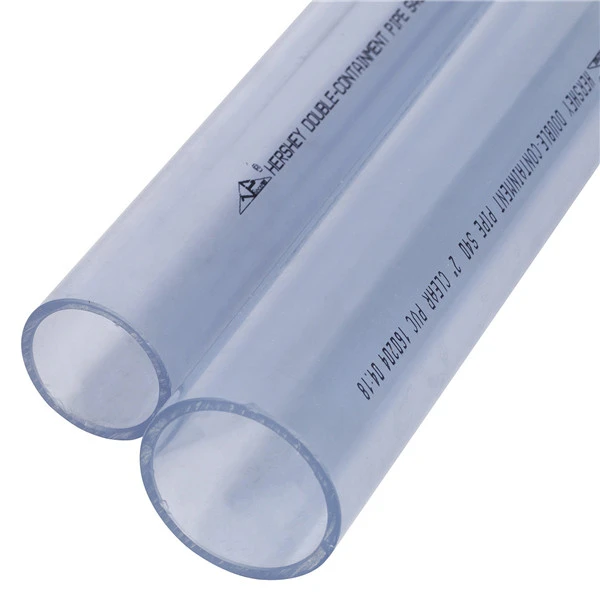Nov . 30, 2024 07:07 Back to list
hdpe sheet density
Understanding the Density of HDPE Sheets
High-Density Polyethylene (HDPE) is a versatile thermoplastic that has become a popular material in various applications, including packaging, construction, and even in medical devices. One crucial physical property of HDPE is its density, which significantly influences its performance characteristics, processing, and suitability for different uses. In this article, we will explore the density of HDPE sheets, its importance, and how it compares to other materials.
What is HDPE?
HDPE, or High-Density Polyethylene, is a type of polyethylene characterized by its high strength-to-density ratio. This makes it a favorable option for a wide range of applications, including containers, piping systems, and geomembranes. HDPE sheets are particularly popular in environments where durability and chemical resistance are crucial. The material is known for its resilience against water and various chemicals, making it ideal for use in agricultural and industrial applications.
Density of HDPE
The density of HDPE is typically around 0.93 to 0.97 grams per cubic centimeter (g/cm³). This density is higher than that of Low-Density Polyethylene (LDPE), which has a density range of about 0.91 to 0.93 g/cm³. The higher density of HDPE contributes to its strength and stiffness, resulting in a material that can withstand substantial forces and impacts.
The density of HDPE sheets can slightly vary based on factors such as the manufacturing process, additives, and the specific type of HDPE being used. For instance, some HDPE sheets may include fillers or reinforcements that can alter the overall density. Understanding these variations is essential for industries that rely on precise material specifications.
Importance of Density in Applications
The density of HDPE sheets plays a pivotal role in determining their performance in various applications. Here are some key reasons why density is an essential property
1. Strength and Stiffness A higher density often correlates with increased strength and stiffness. This is vital for applications where structural integrity is paramount. For instance, HDPE sheets used in construction as formwork or in the fabrication of components require sufficient strength to support loads without bending or breaking.
hdpe sheet density

2. Weight Considerations The density of a material directly affects its weight. In transportation and material handling, lighter weights can reduce costs and increase efficiency. The relatively low density of HDPE compared to metals or ceramics makes it an attractive option for applications where weight-saving is crucial.
3. Buoyancy Since HDPE is less dense than water, it can be used effectively in applications where buoyancy is necessary, such as in floatation devices or structures in aquatic environments.
4. Chemical Resistance HDPE’s density, combined with its molecular structure, contributes to its excellent chemical resistance. This makes it preferable for containing aggressive chemicals, as it minimizes the risk of leaks or contamination.
Comparison to Other Materials
When considering the properties of HDPE sheets, comparing their density to other common materials helps to highlight their advantages and limitations
- Metals Metals like aluminum or steel have much higher densities (usually around 2.7 g/cm³ for aluminum and 7.8 g/cm³ for steel). While metals offer superior strength in many cases, their weight can be a drawback for specific applications. HDPE provides a lightweight alternative with a balance of strength.
- Wood The density of wood varies widely depending on the type; however, many woods have a density range of about 0.4 to 0.9 g/cm³. While wood is a natural material that provides aesthetic benefits, HDPE outperforms it in terms of moisture resistance and durability.
- Other Plastics Compared to other polymers, HDPE’s density places it in a category where it strikes a balance between flexibility and rigidity. Materials like PVC (density around 1.4 g/cm³) are heavier but have different mechanical properties, making them suitable for specific applications.
Conclusion
The density of HDPE sheets is a critical factor that influences their usability across various sectors. Understanding this property helps manufacturers and designers select the right materials for their projects, ensuring optimal performance and longevity. As industries continue to innovate and develop new applications for HDPE, its density will remain an essential consideration in material selection and design. Whether for packaging, construction, or environmental applications, HDPE’s advantageous density will keep it in high demand.
-
Premium Glossy PP Rigid Sheet – Durable & Versatile
NewsAug.07,2025
-
High-Quality HDPE Sheet | Durable Plastic Panels
NewsAug.06,2025
-
High-Precision PVC Rigid Sheets for Vacuum Forming | AI-Optimized
NewsAug.05,2025
-
Durable PVC-M Water Supply Pipes | 60-Year Life
NewsAug.04,2025
-
Premium HDPE Water Supply Pipes: Durable & Leak-Proof
NewsAug.03,2025
-
Premium PVC-M Water Supply Pipe - Durable & Efficient
NewsAug.02,2025

